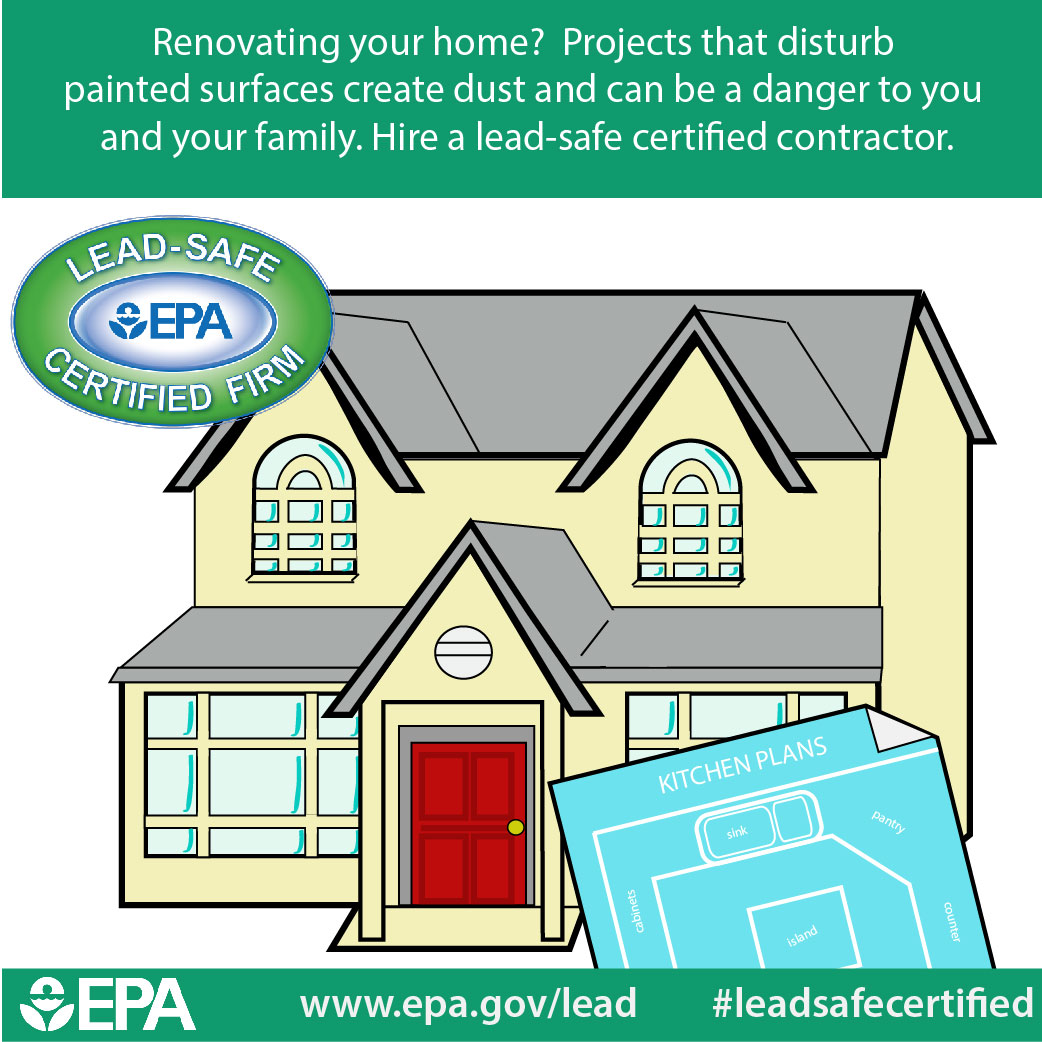Detailed Refine For Getting Your Wall Surfaces Ready For A Fresh Layer Of Paint
Detailed Refine For Getting Your Wall Surfaces Ready For A Fresh Layer Of Paint
Blog Article
Authored By-Nance Gustavsen
When you're prepping your walls for paint, it's crucial to comply with a systematic process to make sure a flawless coating. Start by checking out the wall surface for any kind of damage; this step can make or break your job. As soon as you've identified any concerns, cleaning up the surface correctly is necessary, as a dirty wall can influence paint adhesion. After that, you'll need to patch any kind of flaws and use a guide. Yet there are specific techniques and ideas that can elevate your preparation video game-- let's explore those further to attain the most effective outcomes.
Assessing Wall Surface Problem
Prior to you grab your paintbrush, take a minute to analyze your wall surfaces' condition. Check for any noticeable damage like splits, holes, or peeling off paint. These imperfections can impact just how the paint sticks and looks when it's completely dry. If you discover any considerable damages, you'll require to prioritize repair work prior to diving into painting.
Look closely at the appearance of your walls. Is the surface area smooth, or is there appearance that might need special factor to consider? Smooth wall surfaces normally need much less preparation, while distinctive surfaces might need more time to paint evenly.
Likewise, consider the previous paint work. If the old paint is glossy, it mightn't permit new paint to stick appropriately. You'll wish to know if your wall surfaces have been repainted with oil-based or water-based paint, as this can impact your option of primer or paint.
Ultimately, take note of any type of dampness issues. If you see indicators of water damages or mold and mildew, address these troubles quickly to avoid more complications.
Cleansing the Surface area
Once you have actually assessed the condition of your walls, the following step is cleansing the surface area. Beginning by collecting your products: a bucket, cozy water, a light detergent, a sponge or towel, and a scrub brush for tougher areas.
Begin at the top corner of the wall surface and function your means down. Mix the cleaning agent with warm water in your container, then dip the sponge or cloth into the remedy. Wring it out to prevent extreme moisture on the walls.
As you cleanse, pay attention to areas that may've collected dust, oil, or fingerprints. For https://marcoudmuc.activosblog.com/32268915/look-into-how-ideal-color-selections-can-transform-the-ambience-of-a-restricted-room-and-explore-the-unanticipated-ways-it-can-affect-your-state-of-mind-what-discoveries-are-in-shop-for-you , make use of the scrub brush delicately to stay clear of damaging the paint under. Wash your sponge or cloth regularly in clean water to avoid spreading out dust around.
After cleansing, https://exteriorpaintersnearme66540.verybigblog.com/32493593/the-truth-of-low-voc-paints-reasons-to-take-them-right-into-account to clean the wall surfaces with a damp fabric to remove any type of soap deposit. This action ensures a smooth surface area for the new paint to abide by.
Enable the walls to completely dry totally before going on to the next preparation steps. This extensive cleansing procedure will assist create a fresh canvas for your paint project, making sure the very best results.
Patching and Priming
Patching and priming are critical action in preparing your walls for a fresh coat of paint. Initially, inspect your walls for any type of openings, cracks, or blemishes. Make use of a high-quality spackling substance or patching paste to fill up these locations.
Apply the compound with a putty knife, smoothing it out so it's flush with the surrounding surface area. Allow it to completely dry completely, and then sand it gently till it's smooth and even.
As soon as you've patched every little thing, it's time to prime. Primer assists seal the patched locations, guaranteeing the paint adheres appropriately and provides a consistent surface. Pick a primer appropriate for your wall type and the paint you'll be using.
Use the primer using a roller for larger locations and a brush for edges and edges. If your patched locations are significantly big or porous, you might want to apply a 2nd layer of guide after the initial one dries out.
After priming, let everything dry extensively before carrying on to painting. This preparation will not just boost the appearance of your wall surfaces but likewise lengthen the life of your paint work.
Take your time, and you'll be pleased with the outcomes.
Final thought
By complying with these easy actions, you can attain a smooth and specialist coating on your walls. Begin by evaluating their problem, then clean and spot any type of blemishes before applying primer. just click the following website in mind to enable ample drying out time and make sure every little thing is smooth prior to you study paint. With the right preparation, you'll establish the stage for an attractive transformation in your area. Now, gather your materials, breathe in the fresh air, and get ready to paint!
